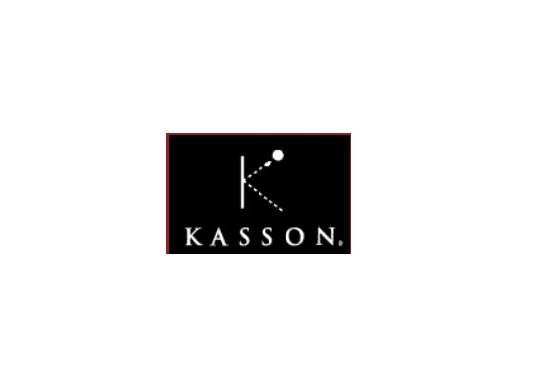Why Reverse Mentorship Is Taking Hold In The Workplace
Reverse mentorship, or the practice of younger generations teaching older generations, is gaining traction as a means to narrow the divide between older and younger employees.
Over the last few years, working environments have undergone dramatic shifts. And among a shift toward hybrid and remote work, there is news of another relatively new trend. That trend is a concept called reverse mentorship.
What exactly is reverse mentorship? At its purest essence, reverse mentorship works from the bottom up rather than the traditional top down. It creates a space for newer and younger workforce members to mentor more seasoned staff, including company leadership.
According to the BBC, the idea of reverse mentorship is not new. The idea originated in the 1990s during the massive technological shift. Many companies asked younger, more technologically savvy staff to teach older employees.
In fact, “famed CEO Jack Welch first used the idea at General Electric in 1999, telling executives to pair up with junior staff to learn about the internet.” However, the reverse mentorship concept has taken on a different meaning in recent years. Now it is seen as more of a tool to help bridge generational and cultural gaps.
Some advocates also believe it will help with retention amidst ever-changing work environments. The BBC says that “executives can’t make unilateral decisions around these issues with a solely top-down approach – at least not if they want to retain staff.” And staff retention is a significant concern for companies facing an exodus during the Great Resignation.

As Gen Z enters the workplace, there will often be four generations under one company roof. And that creates a major cultural divide. Deloitte, a consultancy firm, believes reverse mentorship will help new workers feel more welcome.
The firm recently conducted some research which “suggests half of millennials and Gen Z workers will quit within five years if they don’t feel heard on issues they prioritize, which include the environment and climate change, workplace mental health and equality.” Additionally, younger workers want to have a voice in how they work. And that has a direct impact on how company policies get developed.
However, implementing reverse mentorship may prove challenging in some workplaces. Older, more experienced workers may not welcome the news that they must take advice from those new to the employment world. And younger workers have their own preconceived notions about their elders.
The ultimate goal of reverse mentorship is to “overcome such assumptions as well as stereotypes about older people struggling to get to grips with technology and cultural changes, and younger staff lacking focus and dedication at work.” But how exactly do you bridge such a deep divide? Advocates say the effort has to start at the top.
If you have CEOs or other company leadership paving the way, others are more apt to follow in their footsteps. There are even a few examples of test runs on reverse mentorship that point to early successes. One of those is BNY Mellon Pershing, a finance company.
They did a three-year trial run of reverse mentorship. And the good news is that their retention rate of millenials employees was sky high (96%). The only trouble is the company cannot directly attribute the success to the reverse mentorship program.











